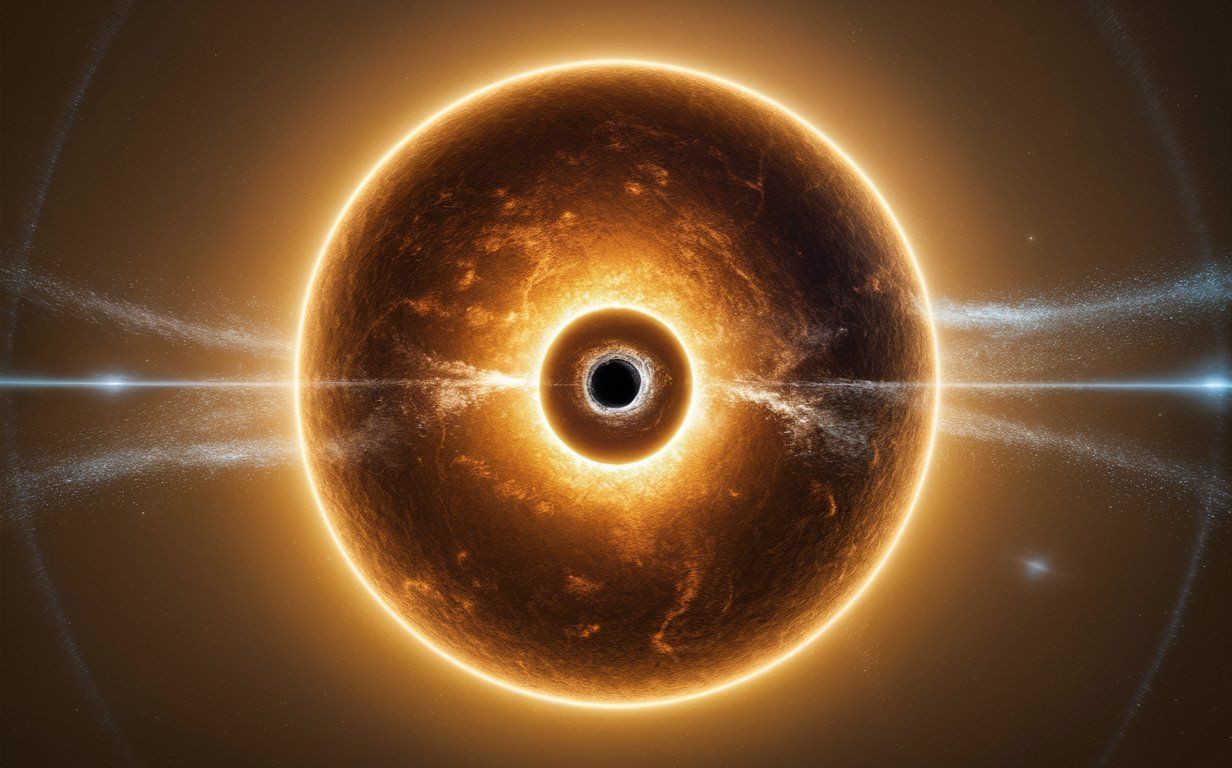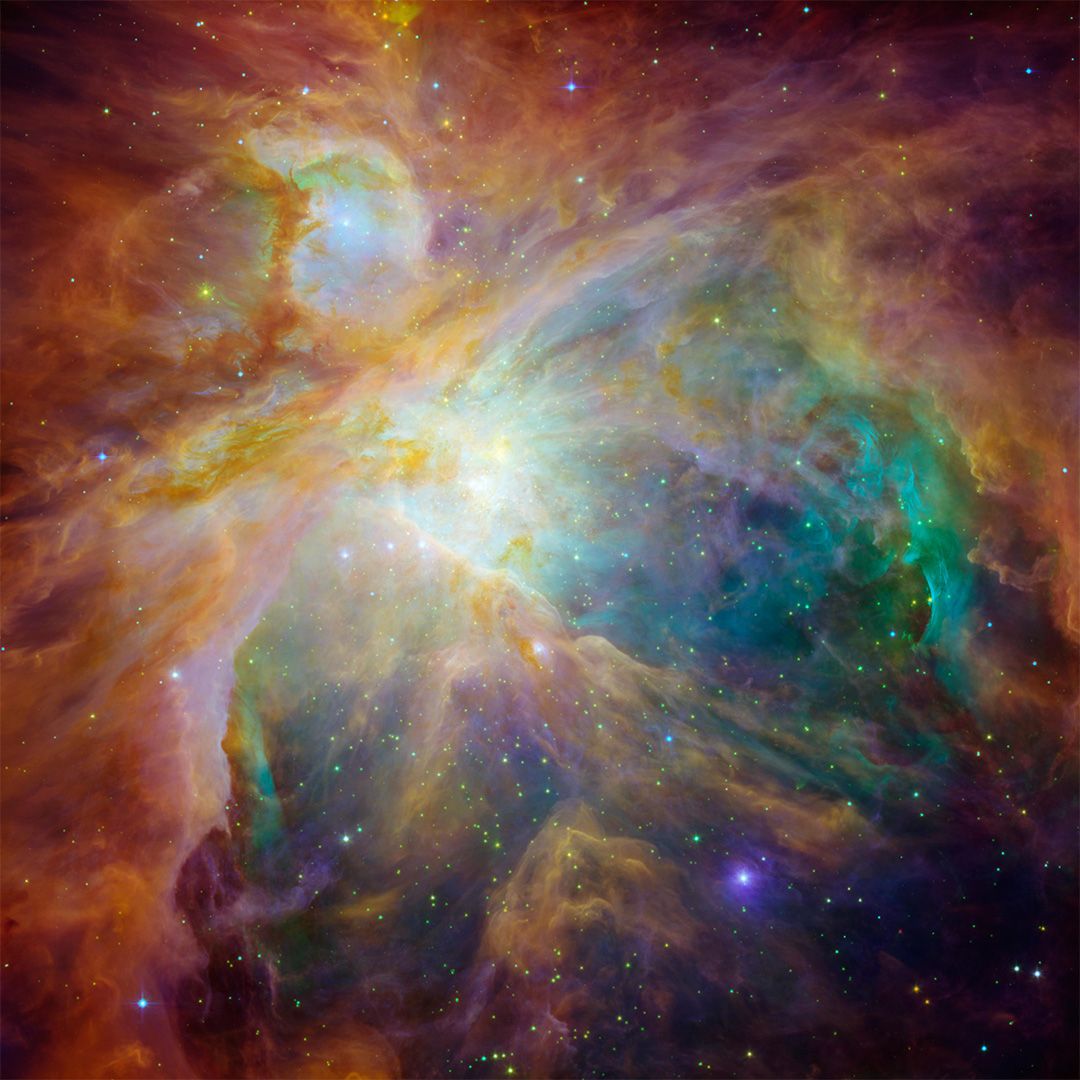These stars could have consumed tiny black holes, eating them from the inside
Published by Adrien,
Source: Monthly Notices of the Royal Astronomical Society
Other Languages: FR, DE, ES, PT
Source: Monthly Notices of the Royal Astronomical Society
Other Languages: FR, DE, ES, PT
Follow us on Google News (click on ☆)

One question has long puzzled scientists: what is dark matter, this mysterious substance that accounts for 85% of the Universe's mass, yet is invisible because it doesn't interact with light? Among the hypotheses explored, the presence of primordial black holes, formed just after the Big Bang, particularly grabs attention.
These primordial black holes, ranging in mass from that of a dust particle to several thousand times that of the Sun, are at the heart of a study published in the journal Monthly Notices of the Royal Astronomical Society. The researchers examine their impact when they become trapped by forming stars.
Nicolas Esser, a theoretical physicist at the Université Libre de Bruxelles and the lead author of the study, explains that these primordial black holes, through their interaction with the gas clouds where stars are born, could be captured by these stars. Their size, smaller than a mist droplet, and their mass, similar to that of a large asteroid, allow them to be attracted by the gravity of the nascent stars.
A primordial black hole's presence within a young star prevents it from living normally. The black hole begins to consume the star from the inside, feeding on the hydrogen that fuels nuclear fusion at its core. This interaction could even, according to Esser, give rise to an accretion disk formed of stellar material. The star's fate, whether absorption by the black hole or explosion, remains to be discovered.

The Great Orion Nebula, hosting numerous star-forming regions.
Credit: NASA/JPL-Caltech/STScI
Older stars, about 80% more massive than our Sun, appear particularly vulnerable to this destruction, leading to a deficit of larger and older stars in galaxies where these primordial black holes might be present. This discovery could offer an explanation for the nature of dark matter.
Dwarf galaxies are named as the best place to observe this phenomenon, requiring a high density of dark matter and a slow speed of the primordial black holes to be captured by the forming stars. The Hubble and James Webb telescopes, as well as the future Euclid telescope, are cited as capable of detecting this effect.
Such a discovery would be crucial, offering potential proof of the existence of primordial black holes and helping to resolve the mystery of the Universe's dark matter.